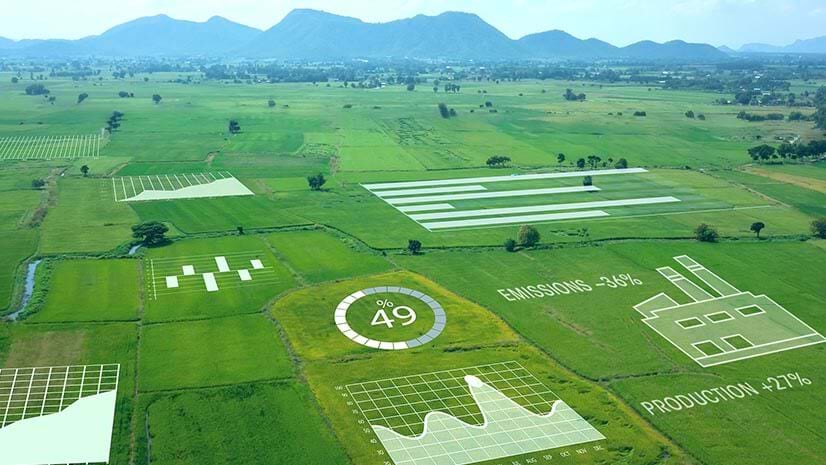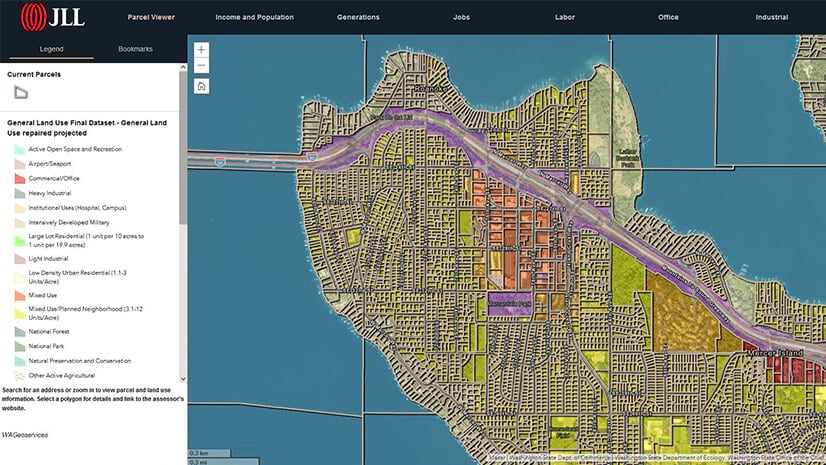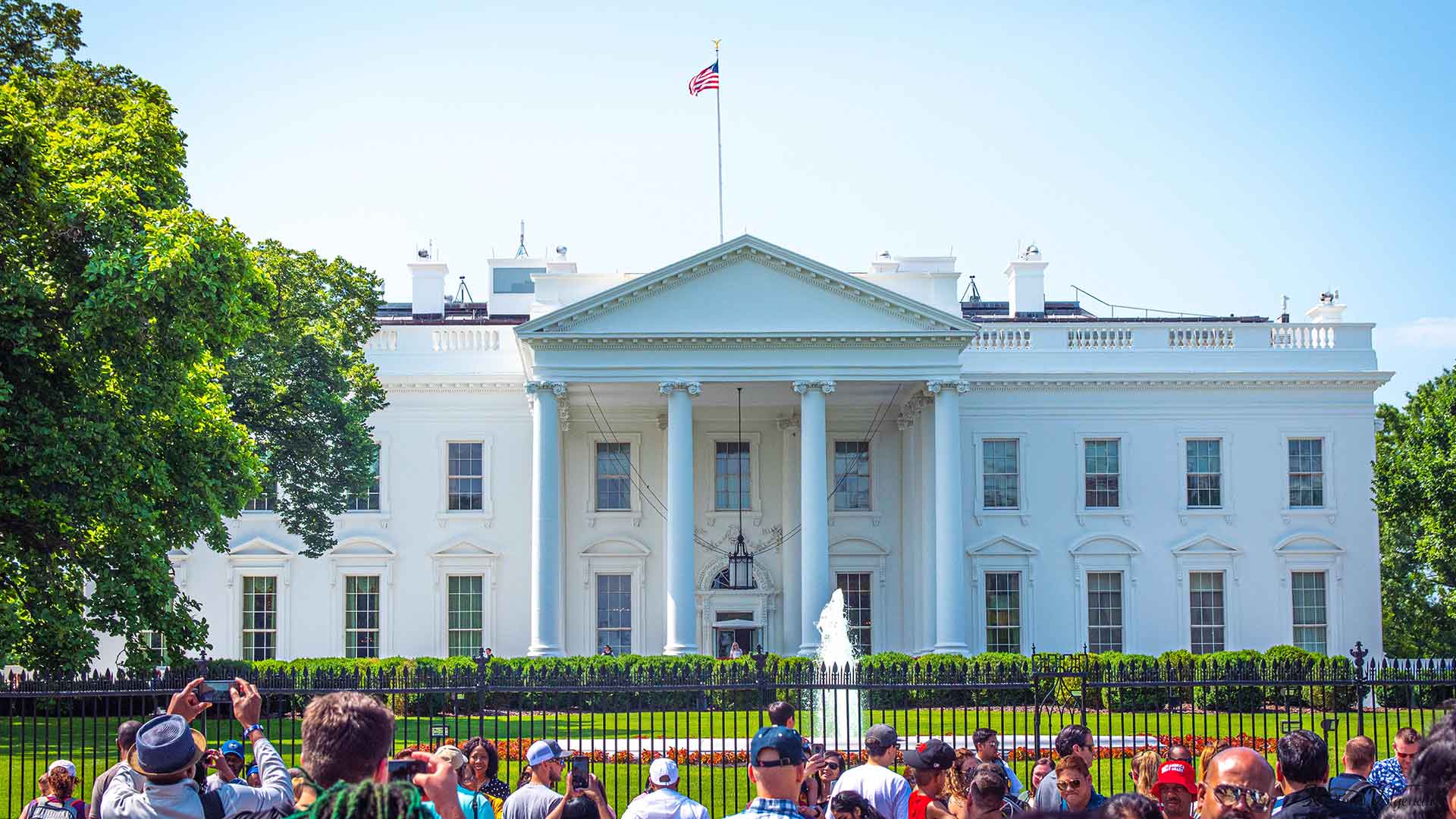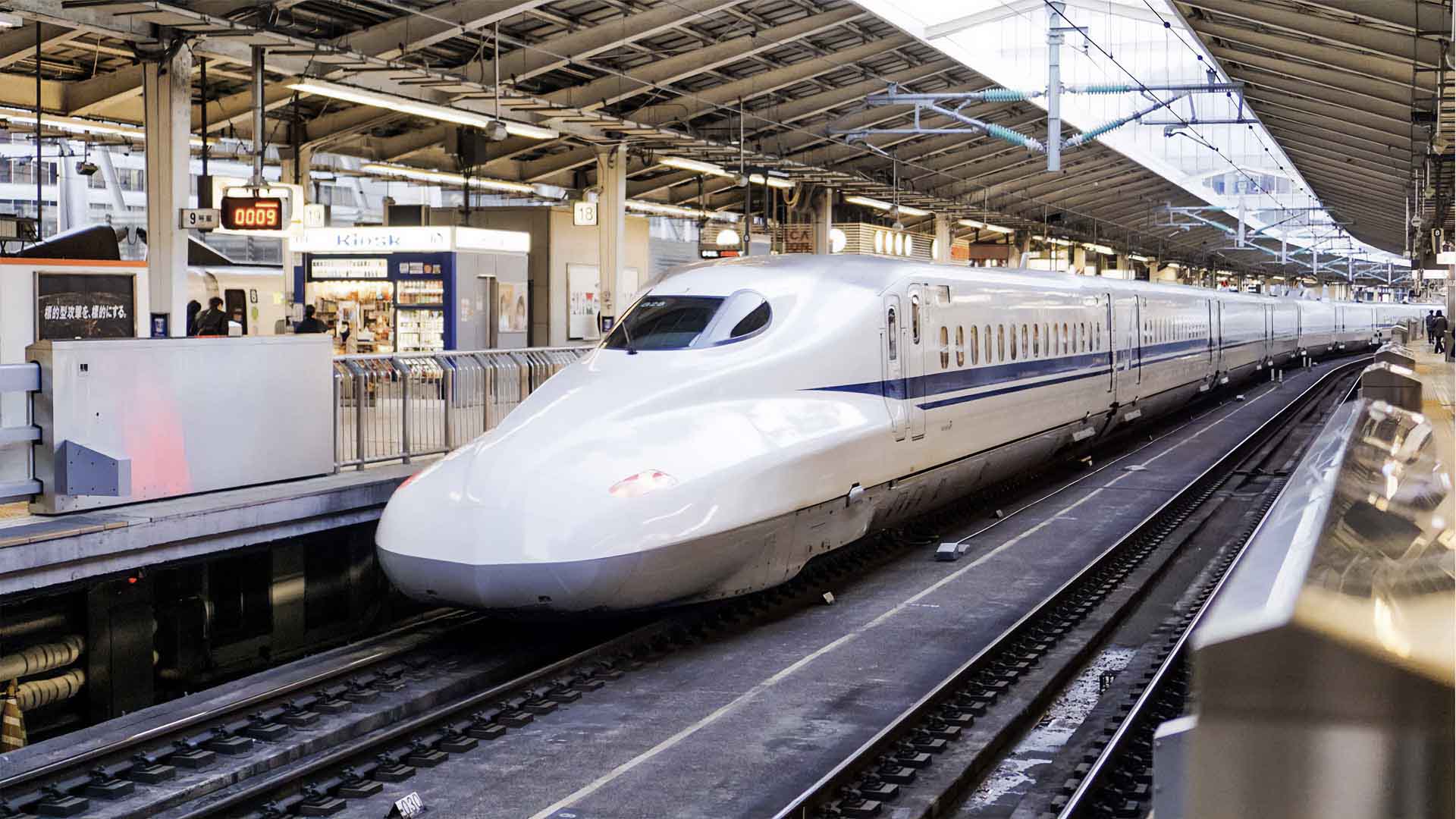The Inflation Reduction Act (IRA), signed into law by President Biden in August 2022, will make many sustainable business practices not only favorable but profitable.
Before the law’s passage, 58 percent of Fortune 500 CEOs said they were committed to net-zero emissions goals. That number could rise as the IRA funnels approximately $370 billion in tax incentives and funding to companies embracing the use and production of clean energy.
The influx of government investment follows the passage of the Infrastructure Investment and Jobs Act (IIJA) in 2021. Among other provisions, that bill earmarks $42.45 billion for telecommunications firms to expand broadband access into underserved regions of the US. In tandem, these laws will open a new chapter of public-private cooperation in tackling issues like climate action and equity.
Now the real work of planning and implementation begins. To make the best use of these new funds and initiatives, C-suite leaders should begin with a geographic approach. Geographic information system (GIS) software enables business leaders to determine where federal funding might overlap with a company’s assets and operations.
Location intelligence—or the business insights generated by GIS—can reveal markets and territories that offer optimal opportunities for green energy ventures, for instance. As decision-makers balance strategies for meeting 2050 emissions goals with local energy regulations, spatial analysis is playing a central role in creating a more resilient future.
The IRA and a Spatial Framework for Clean Energy Transformation
Strategic applications for location intelligence exist across the sectors affected by the IRA. For companies taking advantage of tax credits to electrify commercial vehicle fleets, a geographic context will help managers understand the terrain and range of distances trucks will traverse, and the proximity of charging stations along their travel networks.
The business ecosystem surrounding electric vehicles (EVs)—including charging infrastructure and mining operations that extract minerals for electric batteries—will also be infused with capital and demand.
Executives in these fields are already using smart maps to inform growth plans and search for markets with the best demographics and infrastructure for expansion. Dashboards showing current shipping routes will enable COOs to rethink supply chains to align with IRA stipulations on domestic production and sourcing.
Meanwhile, with new IRA tax credits for wind and solar, clean energy pioneers are using the remote sensing and AI capabilities of GIS to analyze coastlines, open lands, and even highway rights-of-way for possible turbine and solar panel installations.
Increased tax credits for carbon capture and storage (CCS) give oil and gas, steel, and other manufacturing firms a serious incentive to pursue decarbonization strategies that some may have found prohibitively expensive in the past. For firms like Summit Carbon Solutions, a geographic approach was key to figuring out where to build CCS facilities.
“Location intelligence plays a significant role in how we actually make that happen,” said Jason Cradit, the company’s CIO and CTO, in a recent webcast.
A New Era of Carbon Capture and Storage
Some analysts predict that IRA funding will help the CCS industry grow 13-fold by decade’s end. The IRA increases the amount companies can claim for the capture and storage of human-generated CO2 to $85 per metric ton from $50. The legislation also raises the value of capturing carbon from the air to $180. These changes mean that even in industries where CCS is particularly expensive, like power plants and manufacturers of steel and cement, the practice could become a revenue generator.
Some fossil fuel businesses have invested in CCS projects for years. Shell spent around $70 million on the technology in 2020, while Exxon is backing a massive Houston-based CCS program that could collect 50 million tons of carbon dioxide from smokestacks every year by 2030. That would explain why the IRA’s passage generated “wild enthusiasm” among some oil and gas executives, according to one industry adviser.
As they pursue CCS projects, many firms will repurpose location data they’ve already captured from operations and analyze it through the lens of sustainability. For instance, in the UK, companies are using location intelligence to repurpose oil and gas pipes to store carbon in undersea aquifers.
GIS identifies which aquifers or underground locations are close to production plants and have the geological structure to support long-term storage. Spatial analysis also highlights environmentally sensitive areas or conflicts with other industries.
Growing Wind and Solar Markets
Before the IRA’s passage, many in the wind and solar industry struggled to plan beyond the horizon of short-term tax breaks. Now that these incentives last a decade under the IRA, business leaders can deepen their commitment to the law’s goal of boosting solar and wind capacity in the US by 40 percent by 2030.
Finding the best sites for clean energy infrastructure means evaluating multiple layers of data at once—a matrix of factors including wind speeds, sun exposure, the distance power must travel to reach customers, and even the location of World War II-era undersea mines.
A GIS-powered dashboard reveals these spatial insights in interactive visualizations, while also accounting for the presence of competitors and expected power demands from nearby markets.
Expanding Workforces and Shrinking Emissions
Climate and energy-related funding in the IRA could also propel business investments in buildings and employees. The law’s tax deductions for energy-efficient commercial buildings reward AEC firms and real estate companies for reducing emissions through techniques like building-envelope upgrades and “second-skin” treatments.
Retrofitting existing buildings with insulating panels or solar energy technology can be expedited with help from a digital twin. Merging GIS and building information modeling (BIM) in such projects streamlines design and helps managers monitor energy efficiency over time.
On the labor front, the IRA’s climate and energy-related investments are expected to create more than nine million jobs over the next decade, according to an analysis commissioned by the BlueGreen Alliance. Building and installing solar panels and wind turbines will require a workforce—and businesses that locate operations and jobs in underserved communities will receive bonus credits.
Location intelligence is a key tool for this kind of workforce development: With smart maps, executives can analyze local talent pools when scouting sites for new facilities. A dashboard like the one created by Microsoft for its nonprofit tech acceleration program can direct corporate investments to neighborhoods most in need.
Telecommunications companies are undertaking their own spatial analysis to capitalize on IIJA funds. As they extend broadband access into neighborhoods that have historically lacked connectivity, GIS provides business leaders location intelligence on how best to align current networks with profitable, equitable opportunities.
Ground-Truthing Climate Goals
The IRA’s potential to propel the US economy into a clean energy future is vast, but achieving those goals will require smart execution of new business practices and growth plans.
Companies with GIS capabilities will have a leg up in taking advantage of historic federal climate investments and creating more resilient businesses.











